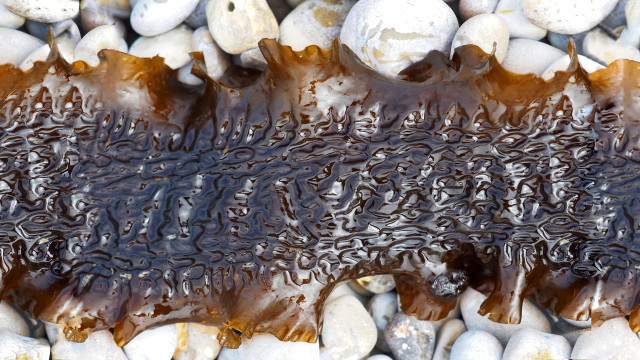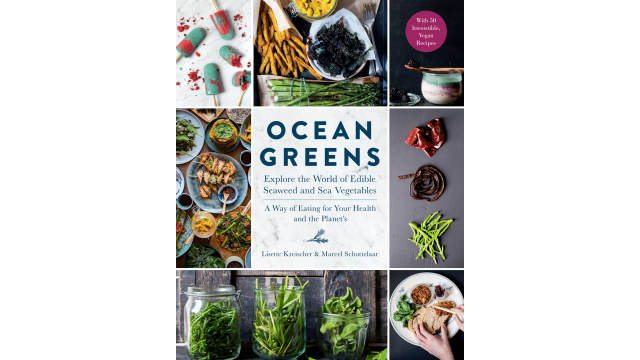Wakame

Latin Name: Undaria pinnatifida
Other Names: sea mustard
Uses: sea vegetable
What is wakame?
Wakame is an edible species of kelp that you’ve probably tasted if you’ve ever had miso soup — it’s the little tender bits of seaweed floating in the broth. It’s a member of the Alariaceae family of brown algae, which includes other edible seaweed that forms forests on the Pacific Coast.
Why is wakame healthy?
Like all sea vegetables, wakame is high in iodine, necessary for maintaining a healthy thyroid. It also contains other minerals such as manganese, magnesium, phosphorus, and calcium. Wakame is specifically high in a phytochemical called fucoxanthin, which studies have shown can be effective in burning fat, can treat metabolic syndrome, and prevent Type 2 diabetes.
Wakame is also one of the highest vegetarian sources of omega-3 fatty acids. As a result, some studies have shown wakame to be heart healthy, keeping blood pressure in control and lowering LDL cholesterol. While more research is needed, some studies have also shown wakame to be beneficial to balance blood sugar levels.
What does wakame taste like?
Wakame tastes like the sea. It’s briny and minerally, slightly sweet, and has an umami-vegetal flavor. It has a pleasantly tender, lightly chewy texture and unlike kombu (another seaweed), it doesn’t become slimy after cooking.
How do I prepare wakame?
Dry wakame needs to be soaked or simmered to soften it up; usually this is done by adding a little directly to soup, but you can soak it in cold water to add to salads and poke. Add a little to instant noodles or brothy soups to boost their nutritional content.
What does wakame pair well with?
Wakame works beautifully with scallion or spring onions and fresh or dried shiitake mushrooms to add a ton of umami and earthiness to stocks and broths. It’s delicious dressed with rice vinegar, ginger, and sesame seeds in light sunomono salads, where it complements cucumbers and/or slivered daikon radish. If you use sake in broths, braises, or marinades, wakame’s slight sweetness and iodized flavor will lift its flavor.
Where does wakame grow?
Wakame is native to the cold waters of the west Pacific, around East Asian and Russia. It’s been grown and harvested in Korea and Japan shores for centuries, and these countries still produce the majority of the crop. Wakame has become a nuisance species in much of the world, landing it on the 100 Worst Invasive Species List.
How to buy wakame:
Look for it in East Asian markets or in the Asian aisle of mainstream grocery stores, where it will be sold in a small sack of dried flakes. After opening, store it in an airtight container in a cool, dark place.
Fun wakame fact:
Think of how the ocean smells, and unless you’ve spent your entire life in a landlocked place, you no doubt can recall the specific aroma of the sea. That distinctive mineral and iodine-rich ocean smell comes from a combination of phenols and other organic chemicals produced by marine algae. Some of these chemicals have demonstrated anti-tumor properties and are effective at reducing blood cholesterol. Perhaps it’s no coincidence that so many doctors prescribed “fresh sea air” as a cure-all in the 18th and 19th centuries.




